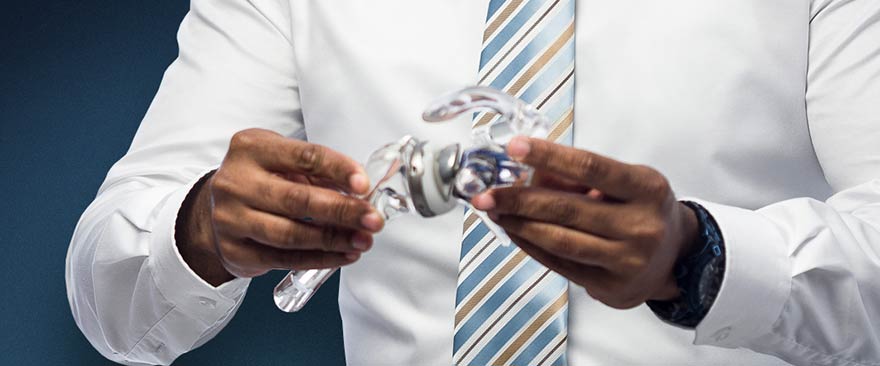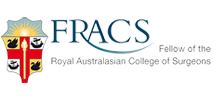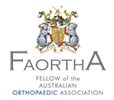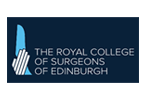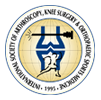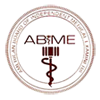Total shoulder replacement describes a surgical procedure where a prosthesis or implant replaces the gleno-humeral joint (the shoulder joint).
Thousands of TSR surgeries are conducted throughout the world. But such a surgery provides a good outcome only if the “Rotator cuff tendons” are intact and well-functioning.
In patients with deficient or torn rotator cuff tendons, leading to “Cuff tear arthropathy” a conventional TSR may lead to pain, dysfunction and limited shoulder movements. Such patients are better served by a Reverse total shoulder replacement or Reverse shoulder arthroplasty (RSA).
RSA harnesses the deltoid muscle strength (which is tightened/lengthened as an integral part of this surgery) to regain shoulder movement and function.
Reverse shoulder arthroplasty has revolutionised the management and outcomes of patients with Cuff tear arthropathy as well as other conditions like comminuted proximal humerus fractures in the elderly and elderly patients with arthritic shoulder and significant bone loss.
Adelaide Orthopaedic Surgeon Dr Sunil Reddy specialises in Shoulder and Knee surgery and performs Total shoulder replacement and Reverse Total shoulder replacement for appropriate indications. He routinely offers “Patient-specific technology” in Shoulder arthroplasty – an MRI scan based 3D prototyping technology that allows accurate placement of the glenoid (socket of the shoulder) component and may contribute to better outcomes.

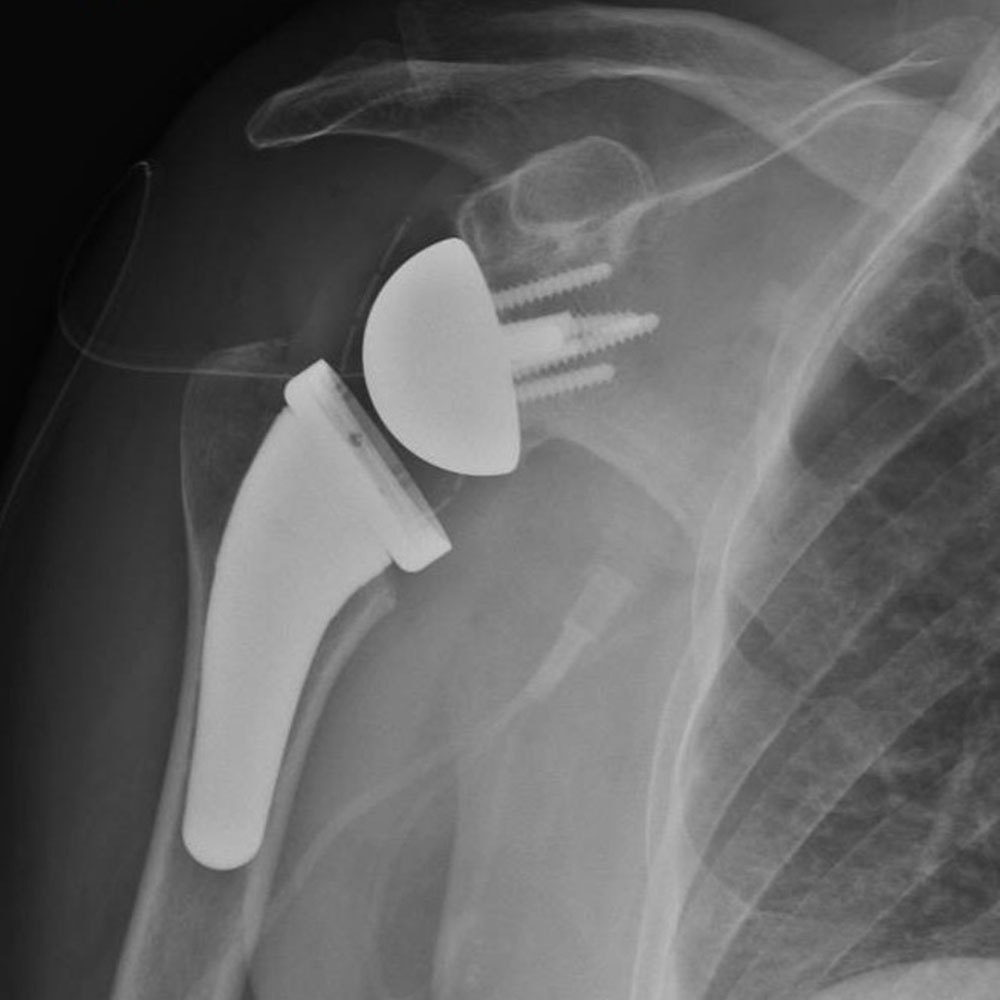
X-rays showing advanced arthritis of shoulder and post-operative picture after a Reverse shoulder replacement.
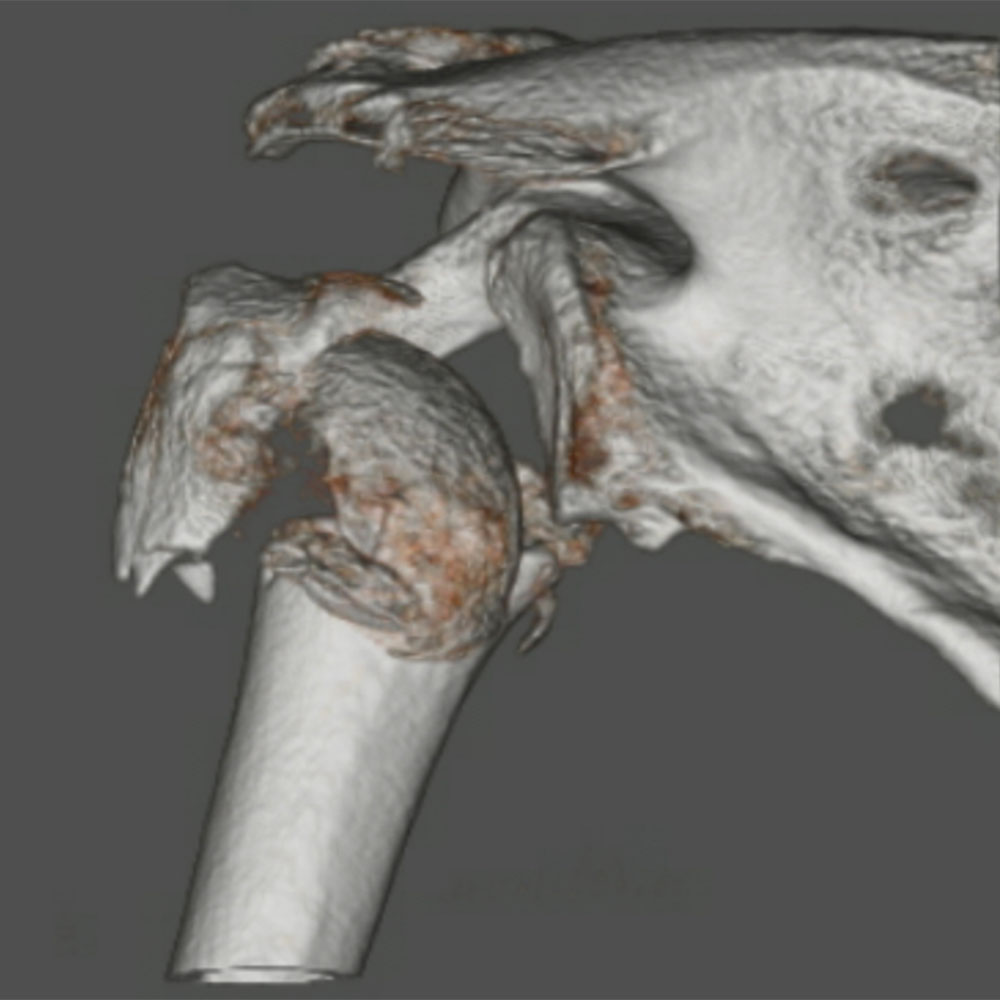
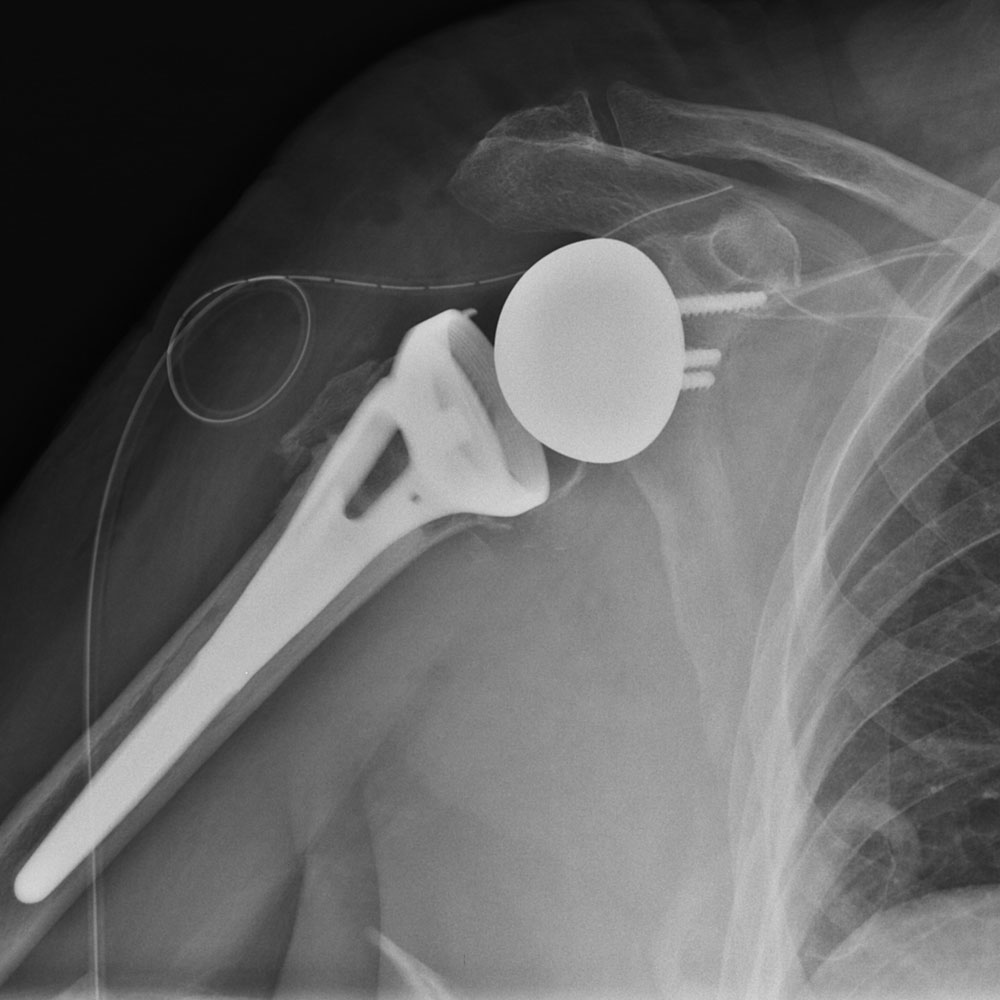
3D CT reconstruction of a severely comminuted proximal humerus fracture and X-ray after Reverse shoulder replacement and tuberosity reconstruction.

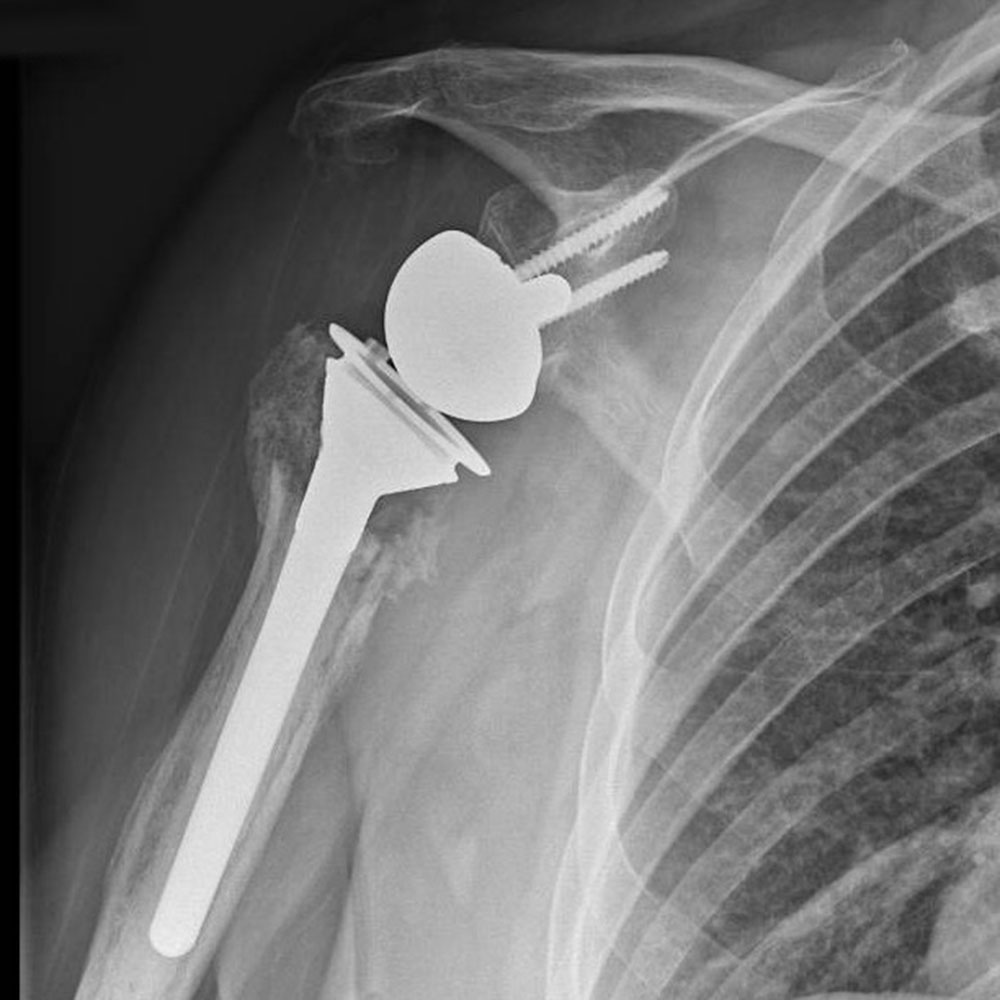
Another example of fracture proximal humerus treated with reverse shoulder replacement. Healed tuberosity reconstruction resulted in excellent function at 6-month follow-up.
Patient-specific technology in Joint replacement
It is a CT scan-based 3D-prototyping technology where 3D models of the arthritic joint as well as jigs specific to the patient’s anatomy are manufactured. These are then used during surgery to make accurate bone cuts or bone reaming and implant the prosthesis. Dr Reddy offers this technology to his patients undergoing Shoulder replacement surgery. He would gladly discuss these aspects of your care during the consultation.
Surgery
Surgery involves replacement of the ball (head of the humerus) and also replacement of the socket (called the glenoid) that the ball fits into.
The procedure itself, which is performed through a delto-pectoral approach normally takes around 90 minutes, requires a general anaesthetic and a hospital stay of 2-3 days.
Risks and Complications
Possible complications of this surgery include infection, injury to blood vessels or nerves, haematoma formation, the prosthesis coming loose or dislocating and a 'frozen shoulder', where the shoulder is sore and stiff.
Dr Reddy will explain the benefits, risks and complications of a Shoulder replacement in the Clinic to help you make an informed decision regarding your surgery.
Post-operative recovery and rehabilitation
Dr Reddy as well as the Physiotherapist will see you on day 1 following surgery and demonstrate exercises to be performed at home as well as advise on things to do and not to do.
It is important that you follow the advice and rehabilitation guidelines to give yourself the best chance of recovery and an optimal outcome.
- You would likely have a regional / nerve block for pain management apart from a general anaesthetic.
- You would usually stay in the hospital for 2-3 days, but may stay longer depending on your recovery.
- Please take regular pain medication as advised.
- Apply Ice packs 5 times for 10 min each time for the first two weeks.
- You will need to wear the sling full time for 4 weeks, but remove it thrice daily for 15-20 minutes each time to perform exercises.
- Please remove the sling for a shower, resting your arm by the side. The dressings are water proof.
- After 4 weeks – You can come out of the sling to perform gentle activities of daily living.
- After 6 weeks – progress with exercises as advised by your therapist
- Strengthening exercises usually start only after 3 months following surgery.
- Avoid lifting weights and push-pull movements for 3 months following surgery. The goal is to gradually achieve normal range of movement and strength of the shoulder over a 3-6 month period.
- Driving is permitted only once you come out of the sling and have achieved good control of the arm and a pain-free status. This is usually by the 6-8 week postoperative period.
- Please follow your therapist’s advice regarding exercises and follow the rehabilitation guidelines that you can view / download below.
